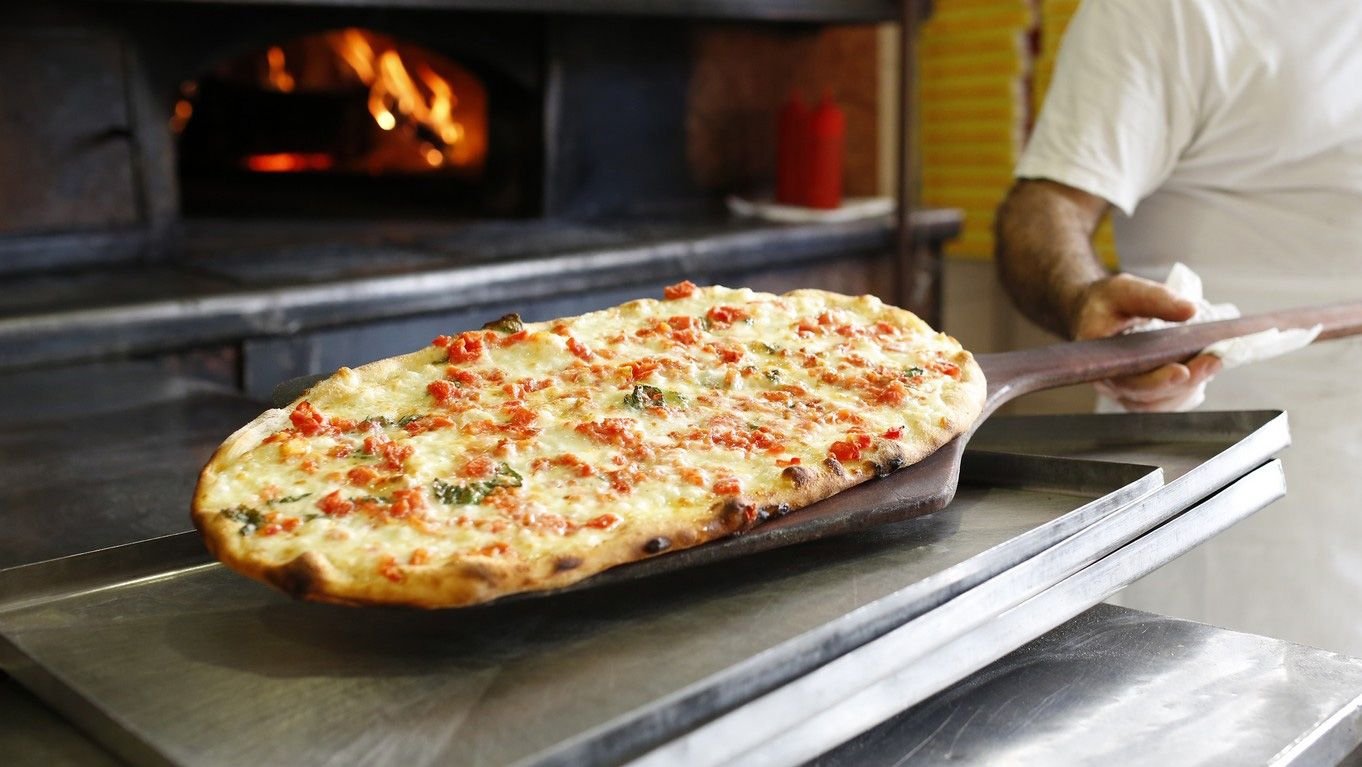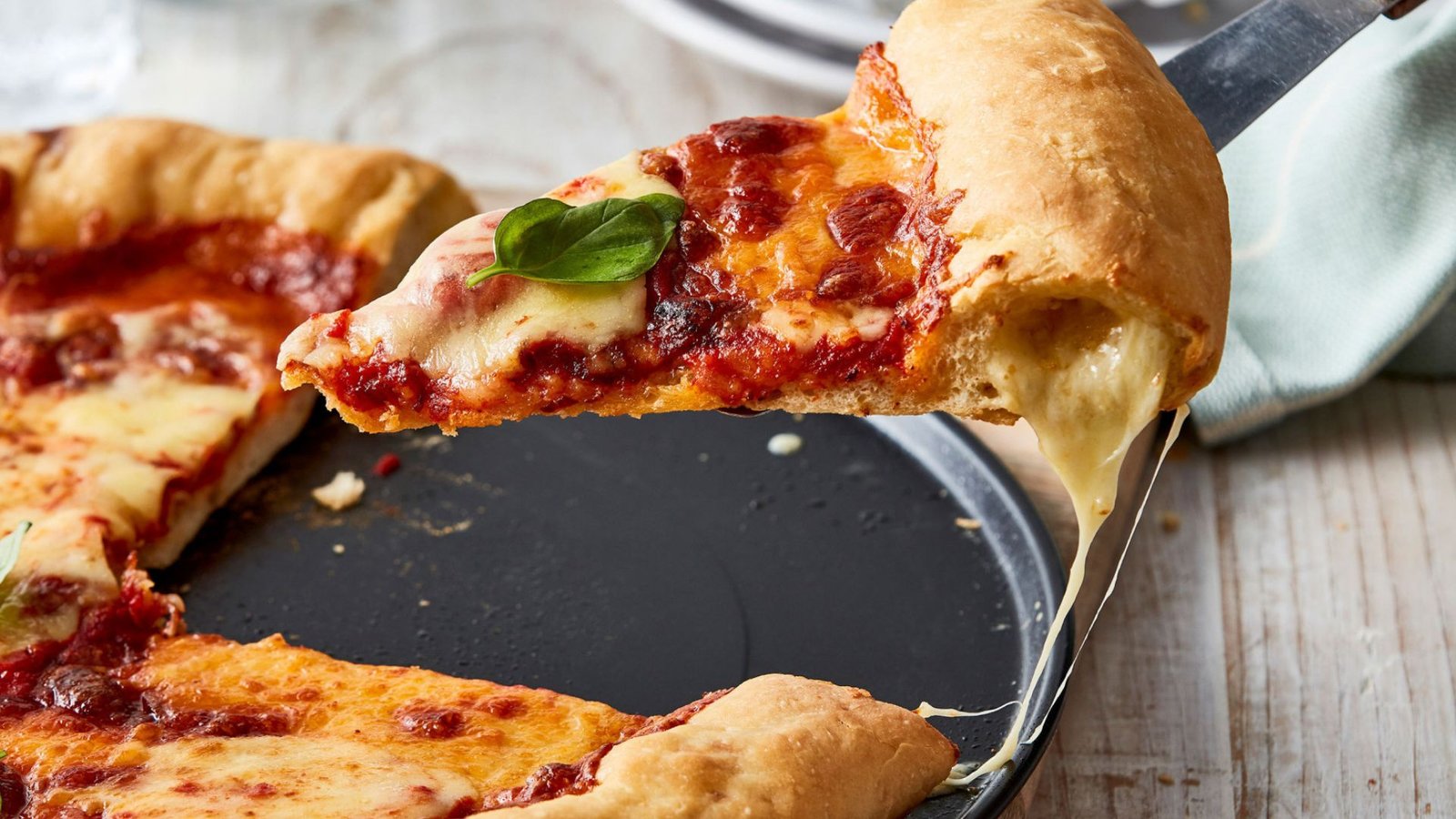Pizza is a globally beloved dish known for its versatility and ability to satisfy a wide range of tastes. Behind its universal appeal lies a carefully balanced combination of essential components, each playing a crucial role in creating the perfect slice. This article explores the importance of pizza components, highlighting how each element contributes to the overall flavor, texture, and enjoyment of this iconic food.

1. The Dough: Foundation of Texture and Structure
The dough serves as the canvas upon which all other ingredients are placed, making it a fundamental component of pizza. Its importance extends beyond mere support—it defines the texture, thickness, and overall mouthfeel of the pizza.
- Texture and Consistency: The quality of the dough determines whether a pizza is crispy, chewy, or airy. Proper kneading and fermentation develop gluten strands, giving the dough elasticity and structure.
- Flavor Enhancement: Well-prepared dough contributes its own subtle flavor notes, enhanced by ingredients like olive oil or herbs mixed into the dough. This adds complexity to the overall taste experience.
- Versatility: Different types of dough, from thin and crispy to thick and fluffy, cater to diverse preferences. Each style of dough complements specific toppings and cooking methods, ensuring variety and customer satisfaction.
2. The Sauce: Infusing Flavor and Moisture
Pizza sauce not only enhances the taste but also ensures the pizza remains moist and flavorful throughout baking. While tomato sauce is traditional, various sauces can be used to create different culinary experiences.
- Flavor Base: Tomato sauce provides a tangy, slightly sweet base that balances the richness of cheese and toppings. Its acidity cuts through fat, enhancing overall taste.
- Customization: Alternative sauces like pesto, white sauce, or barbecue sauce offer unique flavor profiles, allowing for creative combinations and catering to diverse preferences.
- Moisture Control: The sauce prevents the crust from drying out during baking, ensuring a cohesive texture and enhancing the eating experience.
3. The Cheese: Binding and Flavor Enrichment
Cheese is perhaps the most iconic and indulgent component of pizza, adding richness, creaminess, and a satisfying meltiness that binds the toppings together.
- Texture and Meltability: Mozzarella, the most commonly used cheese, melts beautifully and stretches when baked, creating that signature cheese pull. Its mild flavor complements a wide range of toppings.
- Flavor Enhancement: Cheeses like Parmesan or ricotta add distinct flavors and textures, enhancing the overall complexity of the pizza.
- Visual Appeal: Melted cheese covers the pizza in a golden blanket, enticing diners with its inviting appearance and promising indulgence.
4. The Toppings: Customization and Flavor Explosion
Toppings are where creativity shines in pizza-making, allowing chefs and home cooks alike to personalize their creations and cater to specific tastes and dietary preferences.
- Flavor Diversity: Toppings range from classic choices like pepperoni and mushrooms to gourmet options such as prosciutto and artichoke hearts. Each topping contributes unique flavors, textures, and visual appeal.
- Nutritional Balance: Incorporating vegetables like bell peppers, onions, and spinach adds vitamins and fiber, balancing the richness of cheese and meats.
- Cultural Influence: Global toppings reflect diverse culinary traditions, offering a taste journey that celebrates worldwide flavors and ingredients.
5. The Finishing Touches: Culinary Elevation
Finishing touches add a final layer of flavor, aroma, and aesthetic appeal to pizza, elevating it from a simple dish to a culinary delight.
- Fresh Herbs: Sprinkling basil, oregano, or parsley after baking enhances the pizza’s aroma and adds a burst of fresh flavor.
- Drizzles and Garnishes: Olive oil, balsamic glaze, or chili flakes provide additional depth and complexity, catering to individual preferences.
- Customization: These final touches allow for personalization and adaptation, ensuring each pizza meets the diner’s expectations and enhances the overall dining experience.
Conclusion
The importance of pizza components lies not only in their individual contributions to flavor, texture, and visual appeal but also in their harmonious integration to create a cohesive culinary experience. From the foundational dough and flavor-packed sauce to the indulgent cheese and diverse toppings, each element plays a vital role in shaping the character of a pizza. Understanding and appreciating these components not only enhances one’s enjoyment of pizza but also deepens the appreciation for the craftsmanship and creativity involved in its preparation. Whether enjoyed in a pizzeria or homemade kitchen, a well-crafted pizza showcases the artistry and science of culinary tradition, making it a timeless favorite across cultures and generations.











